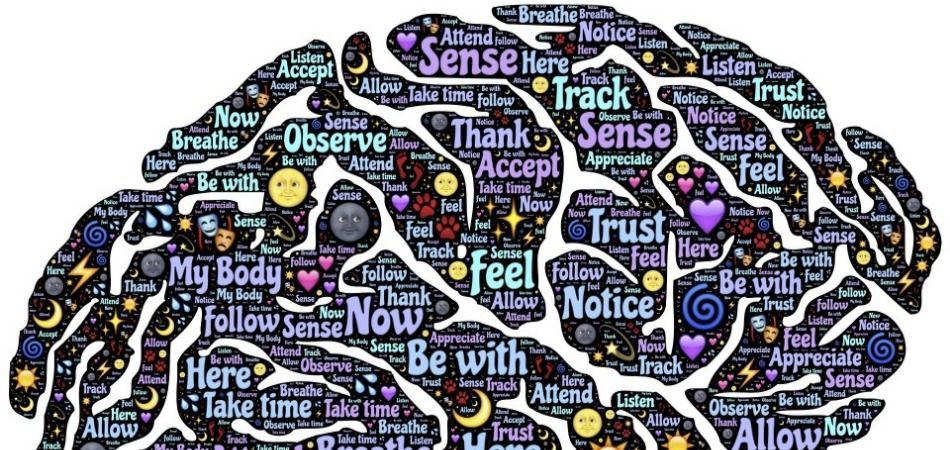blog | contact | membership
MSE PRACTICE: Use of Emotional Intelligence for Mindful Therapy
Dr. Janice Ryan | October 15, 2018

- What is Emotional Intelligence?
- The Mindfulness Revolution
- Emotional Intelligence and AAMSE
- Compassion-focused therapy
- Compassion-focused care
- Mindful Awareness and the Healing Arts
What is Emotional Intelligence? . . .
Daniel Goleman’s book, Emotional Intelligence: Why it can matter more than IQ? was published in 1995. It is considered a paradigm shift in understanding, “what it means to be smart”.
Emotional Intelligence or EI was defined by Goleman as “self-awareness and impulse control, persistence, zeal and self-motivation, empathy and social deftness”. Based on new behavioral and brain science, much has now been written about ways in which EI can be used to improve human systems of every size including individual and groups of people, health care and educational organizations, and treatment processes.
The Mindfulness Revolution . . .
Daniel J. Siegel, MD is a clinical professor of psychiatry at the UCLA School of Medicine and the Executive Director of the Mindsight Institute. He has been a leader in the effort to communicate the importance of EI in books such as The Developing Mind: How Relationships and the Brain Interact to Shape Who We Are.
Siegel wrote The Mindful Therapist to teach other practitioners how to use mindfulness in treatment. He wrote books on brain health and the learning benefits of mindfulness such as Mindsight: Change Your Brain and Your Life and The Whole-Brain Child.
Emotional Intelligence and AAMSE . . .
EI is not only at the center of The Mindful Occupational Therapy Approach taught in all AAMSE-Certified Practitioner Trainings but, it optimizes the effective use of both types of AAMSE-Certified Rooms. The first type of room is used for compassion-focused therapy and the second type of room is used for compassion-focused care.
Compassion-focused therapy . . .
Learning is enhanced when a person feels safe and supported. The feeling of safety that is achievable within an MSE is central to its treatment benefit. Compassion-focused therapy can be used to optimize the positive feelings that come from success when a client is interacting with either MSE equipment or a person with them in the room.
During one treatment session, an AAMSE-Certified therapist might promote the feeling of safety in an anxious or depressed client for more self-motivated achievement of a self-care goal. During another treatment session, they might use their MSE to help a client with PTS-triggers develop self-compassion for more emotionally self-regulated relationships.
Compassion-focused care . . .
The original use of an MSE in The Netherlands was to add to quality-of-life by providing a leisure interest for people with severe developmental delays. By including an MSE and trained practitioners in schools, special needs service programs, and long-term care communities, a program can expand its compassion-focused care.
An AAMSE-Certified practitioner who serves as a long-term care community’s activity director, might use their MSE to promote music memories and dance movements in residents with dementia. An AAMSE-Certified practitioner who is a classroom teacher, might use their MSE to give a student on the autism spectrum a safe space to retreat from the influence of their sensory sensitivities.
Mindful Awareness and the Healing Arts . . .
As the neuroscience of mindfulness continues to support the use of an MSE as an essential tool for compassion-focused therapy and compassion-focused care, AAMSE takes pride in being a long-time leader and advocate of the use of EI to improve human systems of every size including individual and groups of people, health care and educational
Copyright AAMSE, All Rights Reserved.
AAMSE is the officially recognized U.S. collaborating partner with ISNA, with each sharing their goals, objectives, ethics, and guiding principles.
All Rights Reserved | Powered by LiftNXT
Contact Us
We will get back to you as soon as possible.
Please try again later.
